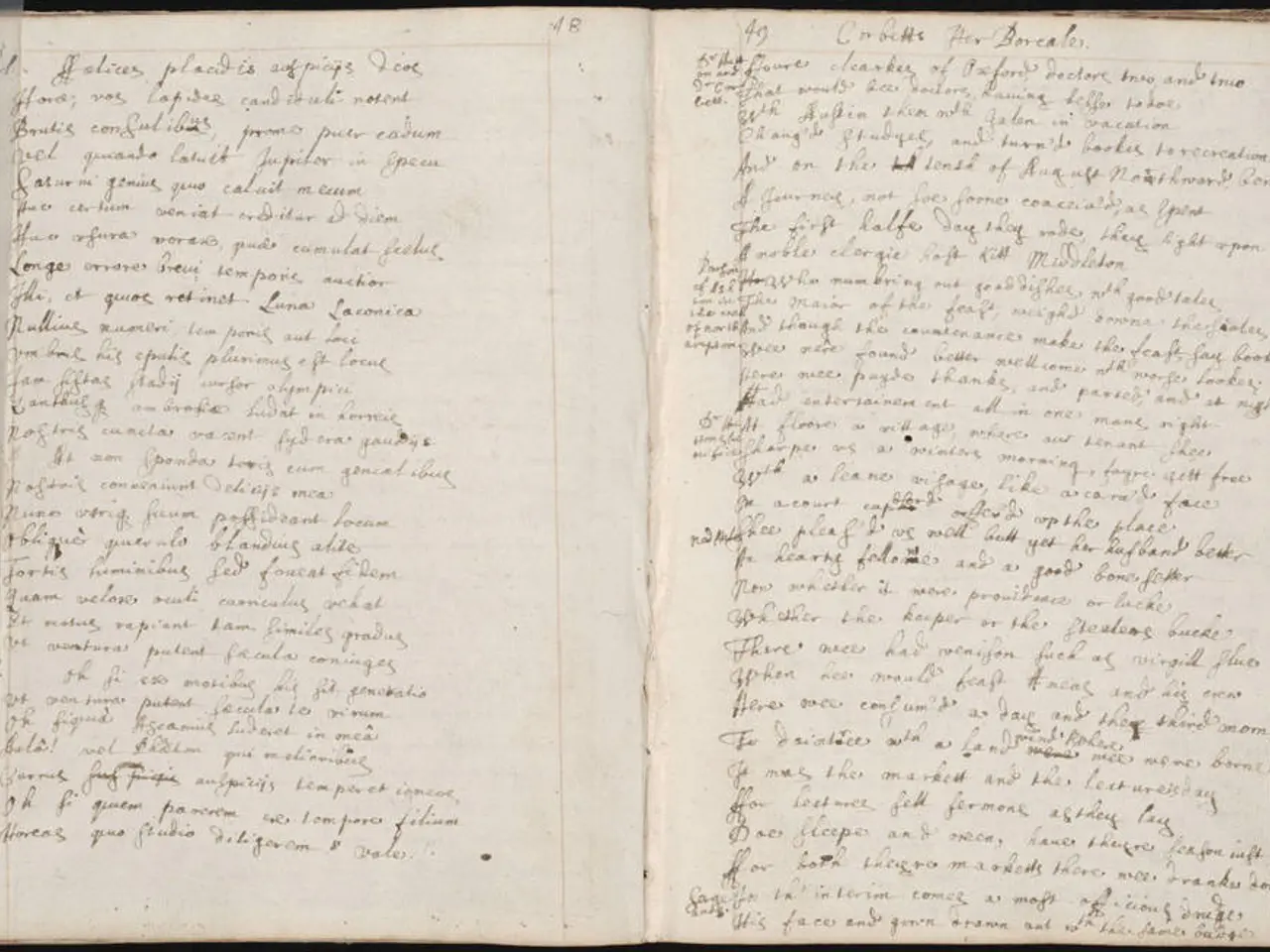Explore Linked Open Data on Various File Formats
The National Archives and Records Administration (NARA) has released a groundbreaking Digital Preservation Framework, presented as Linked Open Data. This extensive resource provides a wide array of file formats and their associated details, aiming to ensure the long-term preservation of digital records.
The Digital Preservation Framework includes hundreds of electronic record formats, ranging from design and vector graphics to software and code, digital still images, digital video, and digital audio. Here are some examples of the formats covered:
- DesignCAD for Windows Drawing (.dw2) - Digital design and vector graphics - Executable and Linkable Format (ELF) - Software and code, available in various forms - High Efficiency Image File Format (HEIF) - Digital still images
For each file format, the framework offers valuable information such as the categories of electronic records, specifications, standards, and documentation, proposed preservation migration actions, and recommended tools for processing and preservation.
The framework proposes preservation migration actions to be taken by NARA, which may include migration to newer formats or no action if suitable. It also recommends tools for handling and preserving the file formats. For instance, the framework includes files related to 3D Studio Max (.max) for Digital Design and Vector Graphics, and files related to Adobe After Effects project (.aep and .aepx) for Digital Design and Vector Graphics, Digital Video, and Digital Audio.
It is important to note that the Preservation Plans are not exhaustive or universally applicable. The framework serves as a guide, and the appropriate action for a specific format may vary based on factors such as NARA's current risk assessment, processing capabilities, and tools in use.
The Digital Preservation Framework is available in the Resource Description Framework Terse RDF Triple Language (RDF Turtle) with the .ttl file extension. This means that the data can be easily accessed and understood by both humans and machines. The NARA Linked Open Data can be opened in any text editor, making it accessible to a wide audience.
While the Digital Preservation Framework covers a vast number of file formats, some formats do not have a specification or standard available. Despite this, the framework provides as much information as possible for each format, ensuring a comprehensive resource for digital preservation.
In conclusion, NARA's Digital Preservation Framework offers a valuable resource for the preservation of digital records, providing detailed information on hundreds of file formats and their associated details. This framework will undoubtedly contribute to the long-term preservation of digital records, ensuring they remain accessible for future generations.
- The Digital Preservation Framework, A Linked Open Data initiative by NARA, encompasses technology such as data-and-cloud-computing through the provision of data in the Resource Description Framework Terse RDF Triple Language (RDF Turtle).
- This extensive resource, which covers a variety of file formats including executable and linkable format (ELF)—a technology category—offers valuable information for long-term preservation, including preservation migration actions and recommended tools.




